Anyone who’s pulled a trailer for hours on the interstate knows how tempting that little cruise control button can be. Give your foot a break, lock in a speed, and just roll. Simple, right?
Not always. Add a trailer into the mix and cruise control becomes a lot less straightforward. Sometimes it can make the drive easier, but in the wrong conditions, it can work against you.
Knowing when to use it and when to let your foot do the work is the difference between a smooth trip and a potentially costly one.
What Owner’s Manuals Recommend
If you flip through most owners’ manuals, the advice is surprisingly consistent. Cruise control is meant for the easy stretches: flat highway, dry pavement, and light traffic. Once you add in hills, steep descents, wet roads, or stop-and-go traffic, the manuals typically tell you to switch it off and take control yourself.
On newer trucks, cruise control can work alongside tow/haul mode and features like engine or exhaust braking. Those systems do help keep speed in check on long downgrades and can take some strain off the transmission. Still, the fine print in the manuals makes it clear that cruise control isn’t designed to handle every situation you’ll face with a trailer behind you.
Adaptive cruise control is even more limited. Some newer heavy-duty truck manuals flat out say not to use it when towing. The reason is simple: ACC relies on sensors calibrated for driving without a trailer. It doesn’t know about the extra weight, the longer stopping distances, or the way a trailer might sway. That gap in awareness can create safety risks.
Key takeaway: Cruise control can make life easier when towing, but only under the calmest conditions. If the road has hills, the weather turns, traffic picks up, or your truck has adaptive cruise control, it’s better to go back to using your foot on the pedal.
How Cruise Control Interacts With Your Vehicle
Older Vehicles
Older trucks and SUVs without tow/haul modes or built-in engine braking can struggle with cruise control. Running in overdrive while towing often makes the transmission run hotter and can shorten its life. Some transmissions from past decades were especially prone to overheating in overdrive because they couldn’t circulate fluid fast enough under load. That’s why many manuals from that era advised locking out OD while towing. A transmission temperature gauge is still a smart addition if you’re unsure.
Newer Vehicles
Modern trucks are better equipped. Tow/haul features change shift points and help keep transmissions cooler. Some even downshift automatically on downhill grades to save the brakes. Drivers of newer SUVs and pickups often report that their vehicles will slow themselves on a descent when cruise is on.
Many newer RAM, Ford, Chevy, and Jeep models go a step further by integrating engine braking or exhaust brakes with cruise control. When the vehicle begins to exceed the set speed downhill, the transmission can automatically downshift or the engine brake can engage to help hold speed. While this doesn’t eliminate risk on very steep grades, it does add an extra layer of control compared to older systems.
Some late-model trucks also modify how adaptive cruise control works when trailer or tow/haul mode is active. They may automatically increase following distance and begin braking earlier than they would without a trailer, and can use engine braking or exhaust brakes to help manage speed. These features can feel very controlled on moderate grades. Still, owner’s manuals caution that adaptive cruise has limits, especially on steep hills, in bad weather, or when traction is questionable. Behavior varies by make and model, so check your manual before relying on it.
Not every vehicle has these features, though. And some aftermarket brake controllers may not play nicely with adaptive cruise, causing a delay between letting off the throttle and actual braking.
When Cruise Control Can Be Useful
There are situations where cruise control can safely take some of the strain out of long drives:
- Flat, straight highways with light traffic
- Dry pavement and clear weather
- When towing well below the vehicle’s maximum capacity
- When tow/haul mode is engaged on vehicles equipped with it
In those conditions, cruise control can cut down on fatigue and help you hold a steady speed without adding much risk.
Tip: On mild, rolling terrain, cruise control can cause gear “hunting,” where the transmission constantly shifts up and down. This burns more fuel and stresses the transmission. A slight manual throttle adjustment or turning cruise off can prevent it.
When to Avoid It
Again, you should disengage cruise control whenever the road, load, or weather adds uncertainty:
- Steep grades
- Curvy or mountainous roads
- Wet, icy, or otherwise slick surfaces
- Heavy traffic or congested conditions
- When experiencing any trailer sway
I’ll also add, if you’re prone to getting too relaxed when using cruise control and you’re reaction time lessens, don’t use it at all, especially when towing.
Practical Takeaway
Cruise control isn’t automatically off-limits when you’re towing, but it’s not something to set and forget either. On long, flat stretches of dry highway with light traffic, it can give your leg a break and help hold a steady speed. Modern trucks with tow/haul mode and integrated engine or exhaust braking make it even safer in those conditions.
Where things change is in hills, mountains, poor weather, or heavy traffic. Manuals across the board caution against cruise in those scenarios because it can’t anticipate what’s coming. Adaptive cruise control adds even more limits, with some heavy-duty truck manuals stating it shouldn’t be used while towing at all.
Again, the safe approach is simple: use cruise control only on calm, flat highways in good weather, and switch it off the moment conditions change.
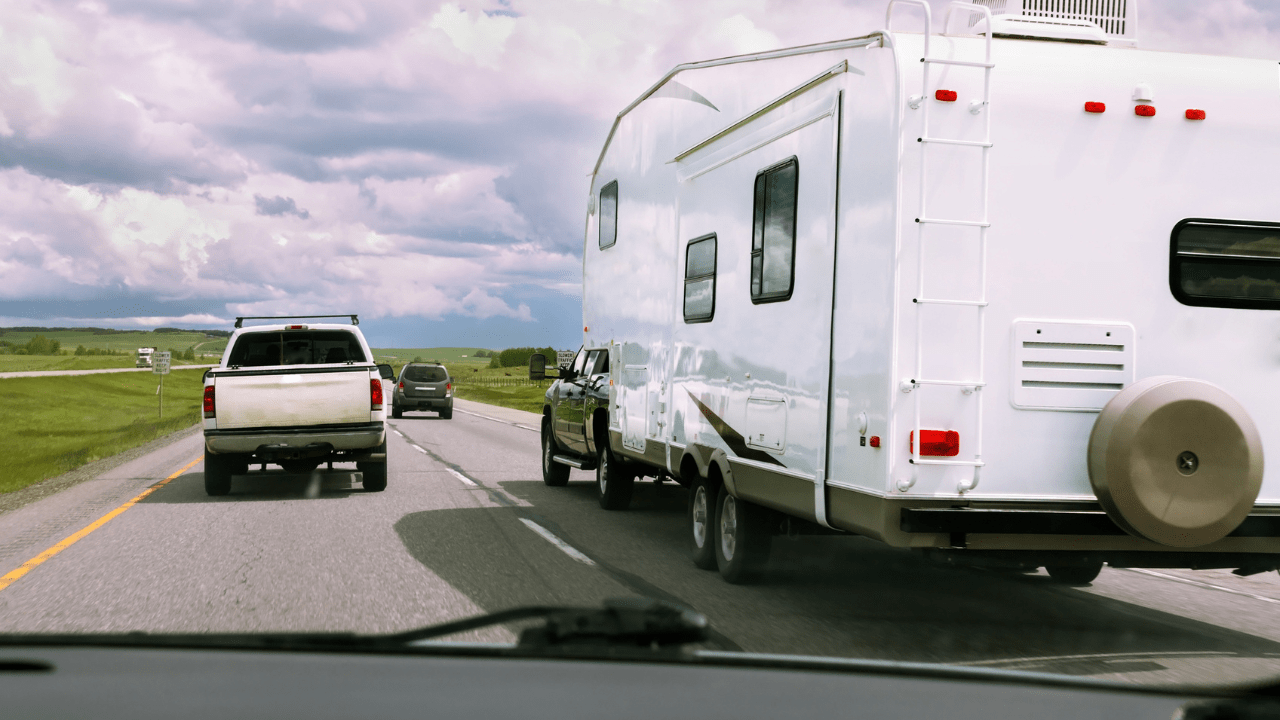

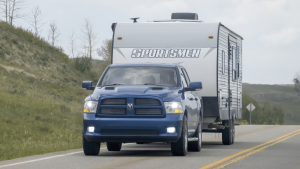

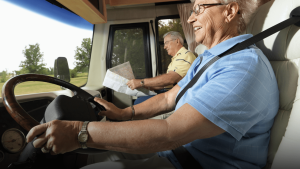
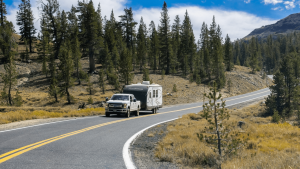
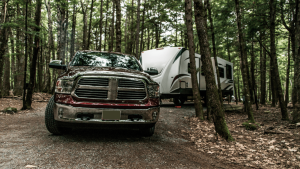
Write a comment